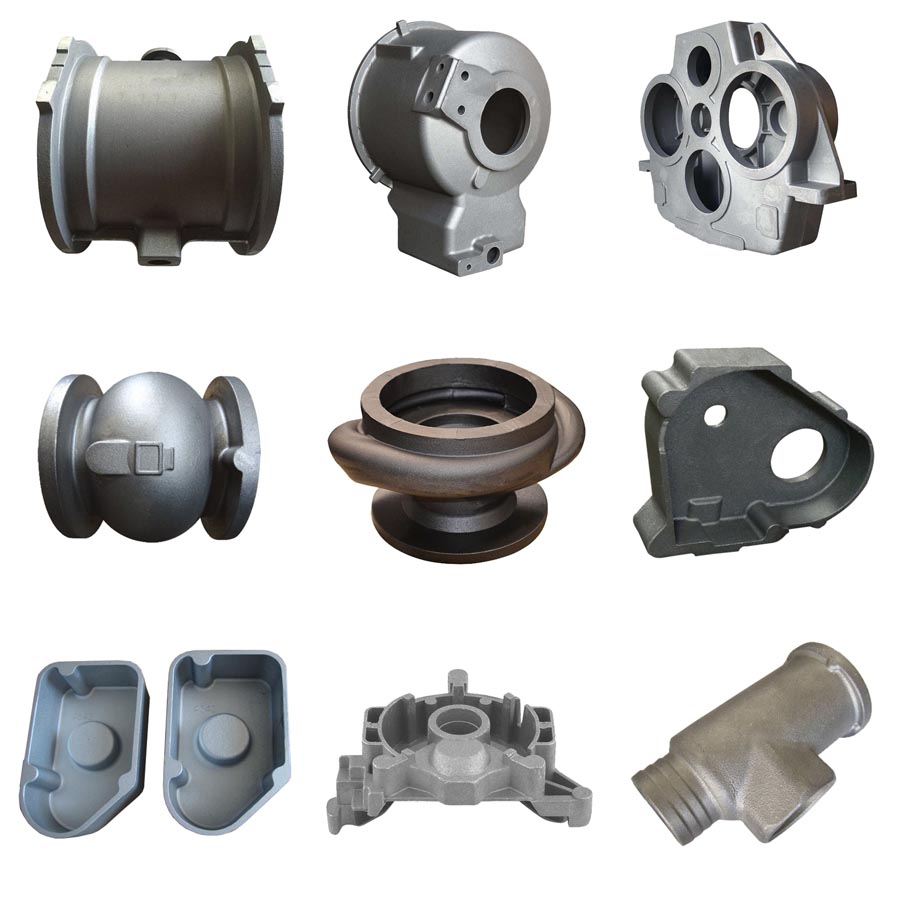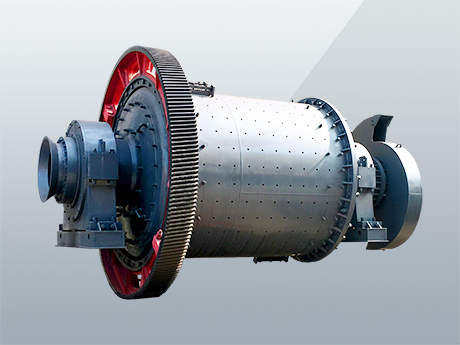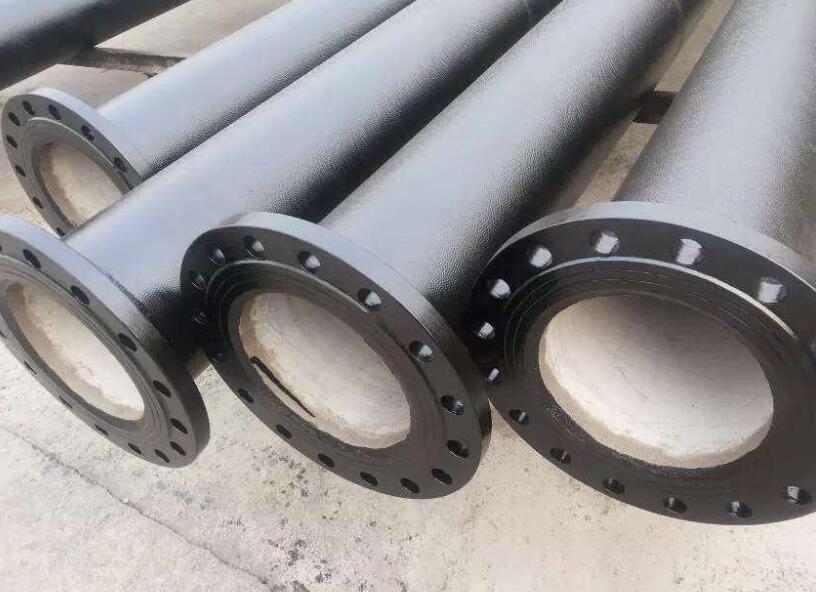The Importance of Pig Iron Quality in Casting Products: Real-World Examples
2024-12-16 19:53:21 hits:0
1. Gray Cast Iron in Automotive Engine Blocks
Pig Iron Type: Gray Cast Iron
Casting Requirements: Moderate strength, good castability, good vibration damping
Example:
Gray cast iron is commonly used in automotive engine blocks. To ensure the engine block has adequate mechanical strength and durability, while also offering good vibration damping (to reduce engine vibration), selecting the right quality of gray cast iron is crucial.
Impact of Pig Iron Quality:
- If low-quality gray cast iron is used, it may contain too many impurities (such as sulfur and phosphorus), which can reduce the strength and toughness of the casting, potentially causing the engine block to crack or break under high pressure and temperature.
- If the carbon content in the pig iron is not properly adjusted, casting defects such as porosity or cracks may occur, which can affect the engine’s sealing capability and shorten its lifespan. High-quality pig iron ensures good casting performance, avoiding such defects.
Actual Effect:
- Using high-quality gray cast iron (with appropriate carbon and silicon content) guarantees the engine block has good tensile strength, moderate hardness, and vibration damping properties, which ultimately extends the engine’s service life.
2. Ductile Iron in Automotive Compone
Pig Iron Type: Ductile Cast Iron (Nodular Cast Iron)
Casting Requirements: High strength, high toughness, good wear resistance
Example:
Ductile cast iron is widely used in the automotive industry, especially for components that require high strength and toughness, such as brake discs, drive shafts, and suspension parts. These components need to be not only strong but also tough and resistant to impact.
Impact of Pig Iron Quality:
- When producing ductile cast iron, if the pig iron has too high a silicon content or improper treatment for nodularization, it could lead to irregular graphite shapes, which would reduce the strength and toughness of the castings. Irregular graphite shapes can lead to cracking or breakage during service.
- High levels of impurities in the pig iron can result in surface defects, such as porosity or cracks, which compromise the performance of the components and could lead to safety hazards.
Actual Effect:
- Using high-quality pig iron (especially with well-controlled silicon and manganese content) ensures that the graphite is spherical, leading to castings with superior strength, toughness, wear resistance, and impact resistance. These components can withstand high pressures, temperatures, and impacts, extending the life of automotive parts.
3. White Cast Iron in Mining Machinery
Pig Iron Type: White Cast Iron
Casting Requirements: High hardness, wear resistance, low impact resistance
Example:
White cast iron is commonly used in applications where high wear resistance is required, such as mining machinery parts, crusher components, and ball mill liners. These components face significant wear during operation, making high hardness and wear resistance essential.
Impact of Pig Iron Quality:
- Low-quality white cast iron may contain excessive impurities, causing the surface of the castings to be uneven and resulting in inconsistent hardness distribution. As a result, the casting’s wear resistance may fail to meet the operational requirements, leading to premature wear and failure.
- Low-quality white cast iron can also contain too many carbide phases, which increases the brittleness of the casting, making it prone to cracking or breaking under impact.
Actual Effect:
- Using high-quality white cast iron (with appropriate carbon and alloy content) ensures that the castings have consistent hardness and excellent wear resistance, allowing them to endure harsh environments and high wear, improving the efficiency and lifespan of mining machinery.
4. Gray Cast Iron in Pipeline Systems
Pig Iron Type: Gray Cast Iron
Casting Requirements: Corrosion resistance, good fluidity, high pressure strength
Example:
Gray cast iron is commonly used for municipal water and drainage systems, especially for pipes exposed to high pressures or corrosive environments. The fluidity, corrosion resistance, and strength of the cast iron are critical to the quality of the pipes.
Impact of Pig Iron Quality:
- If low-quality pig iron is used, defects such as porosity or cracks may occur during the casting process, which compromises the pipe’s sealing ability and pressure tolerance.
- Low-quality pig iron may contain higher levels of phosphorus and sulfur, which decrease the corrosion resistance of the cast iron, leading to early deterioration and failure of the pipes.
Actual Effect:
- Using high-quality gray cast iron ensures smooth, uniform surfaces with fewer defects, resulting in pipes that can withstand high pressure. High-quality pig iron also enhances the corrosion resistance of the pipes, ensuring they meet the long-term requirements of water supply and drainage systems.
5. Cast Steel in High-Temperature, High-Pressure Environments
Pig Iron Type: Cast Steel
Casting Requirements: High strength, heat resistance, oxidation resistance
Example:
Cast steel is used in components exposed to high-temperature and high-pressure environments, such as boiler parts, pressure vessels, and critical components in thermal power plants. These parts require high strength, heat resistance, and oxidation resistance.
Impact of Pig Iron Quality:
- If low-quality pig iron is used, especially with improper alloying elements (such as insufficient chromium or nickel), the cast steel may fail to maintain adequate strength and durability in high-temperature environments, leading to deformation or oxidation.
- Poor-quality pig iron may also result in the presence of inclusions within the casting, which could weaken the mechanical properties of the part, especially under stress or high-temperature conditions.
Actual Effect:
- Using high-quality pig iron, especially with the right balance of alloying elements, ensures that the cast steel components maintain excellent mechanical properties and oxidation resistance under high-temperature, high-pressure conditions, extending the operational life of power plant equipment.


 en
en  fra
fra  de
de  ru
ru  gle
gle  th
th  ara
ara  it
it  jp
jp  kor
kor  zh
zh 







